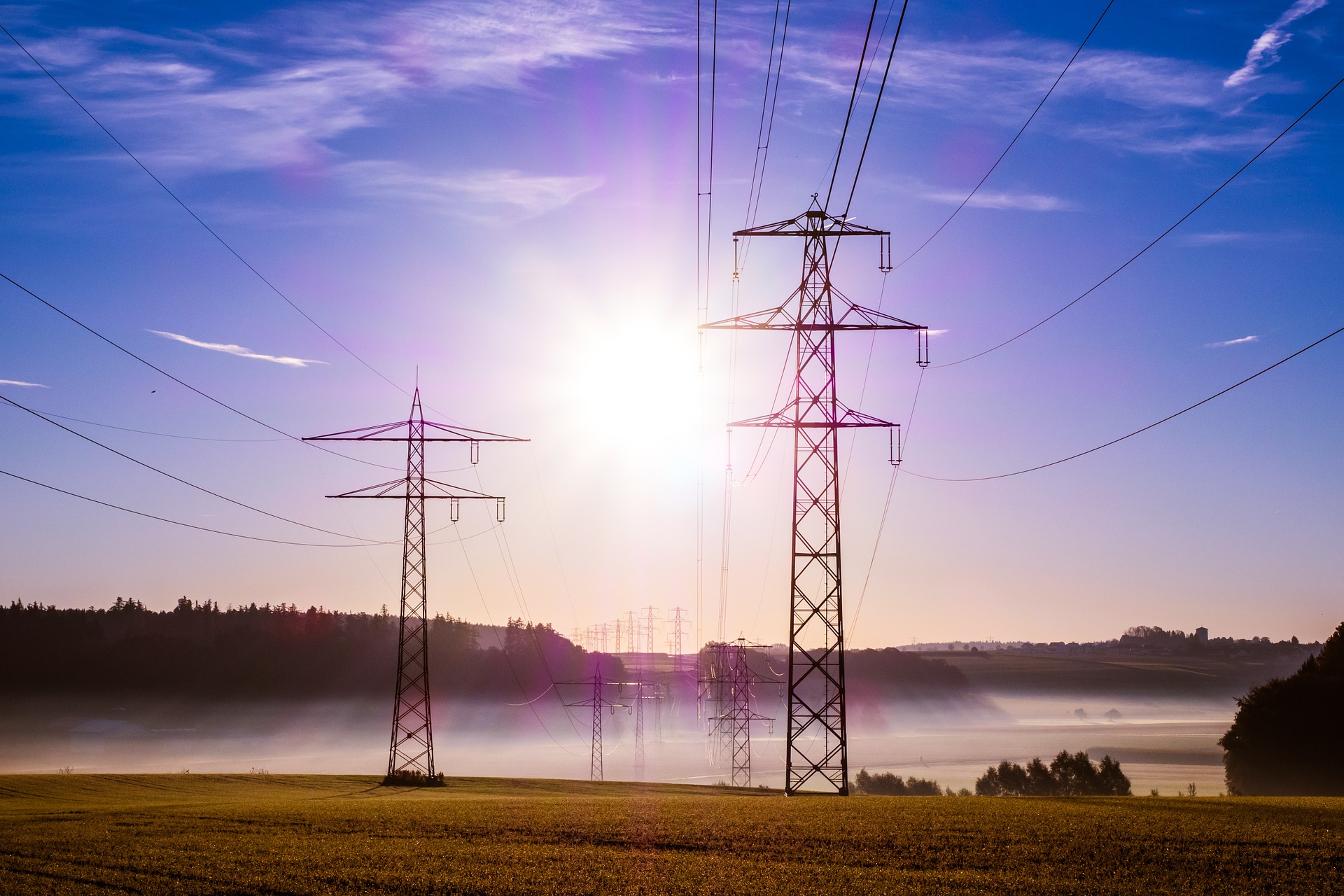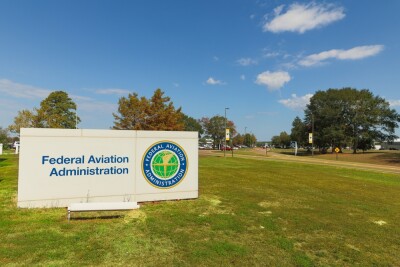As we prepare for the Women in Drones Networking Luncheon that will be taking place during the upcoming Commercial UAV Expo, we’re connecting with some of the women who are driving change when it comes to how UAVs can and actually are being utilized. Regardless of what side of a drone project these women are working on, they’re providing leadership that will help ensure UAVs are being leveraged safely and effectively.

Linda G. Rhodes, CSP
Linda G. Rhodes, CSP, has provided that kind of leadership for Commonwealth Edison (ComEd). As the largest utility company in Illinois, questions around how UAV technology could benefit ComEd were raised not too long ago, and Rhodes has been able to provide the organization with the answers they needed. Her work has helped them reassess their approach and methodology around how drones can impact preventative maintenance, accessibility and safety, but her work is nowhere near being done.
In the interview below, Rhodes discusses how regulation plays a role in ComEd’s implementation of drones, what sort of limitations the company is dealing with when it comes to this technology, how they’ve mitigated customer concerns about their use of UAVs and plenty more.
Jeremiah Karpowicz: One of your main responsibilities at ComEd is to research robotic technologies for application to improve safety and increase reliability. Is that effort focused solely on UAVs? Linda G. Rhodes: The robotics research phase of my special assignment is complete, but it began as an open question to a colleague and myself as we were asked: “Where can ComEd best leverage robotic technologies?” The research led us to a focus on UASs and on remotely-operated underground robotics.
How has regulation played a role in terms of the ways you have or haven’t been able to utilize drones in the field? Regulations have served as our foundation, supporting our commitment to safety. The start of our UAS program was well thought out and we had a deliberate and methodical plan. Our plan considered the regulatory requirements, which did not prevent us from executing our initial usage of the technology in the field. As regulatory requirements expanded, so did our program.
ComEd is the largest utility in Illinois serving nearly 4 million customers and therefore our infrastructure covers a vast area. We wanted to begin our assessments in the Chicago area and waited for the necessary changes to regulation that would allow us to begin using our risk assessment protocols to fly within 500 feet of non-participating persons. Waiting for the changes to Part 107 which would allow such flights, did not hinder the growth of our program because we had so many additional program elements to work on in the meantime (and many additional flight missions we were able to conduct in remote areas).
Does Part 107 change the approach you have or will be taking in terms of taking to the skies on a wider basis?Part 107 has not significantly changed our approach to capturing aerial images, but has and will continue to significantly expand the areas in which we will conduct missions.
One of the most notable changes is our ability to fly in areas with higher densities of people. The ability to fly over more of our infrastructure has been tremendously valuable to us. There is nothing we value more than safety, so we make sure to practice necessary safety protocols when flying near people.
In addition, Part 107 further supports our ability to respond to emergency requests that require us to fly over our facilities to assess possible storm damage. The FAA already had a process that granted emergency Certificates of Authorization for these types of missions, but Part 107 provides us with additional support for these missions.

Image captured via UAS
ComEd employees, who are certified by the FAA, navigate ComEd’s UASs. The UAS program is still in the proof-of-concept/initial deployment phase, so we limit our missions to two to four missions a month depending on team availability and the priority of mission requests.
Even with the limited mission schedule, we have managed to address a diverse cross section of our infrastructure including distribution, transmission, substation, right-of-ways and environmental.
What kind of limitations are you currently dealing with when it comes to preventative measures around stopping outages from occurring? One limitation with current system assessment tools/methods that take place from the ground is the challenge of detecting potential issues that are only visible from above. Likewise assessing infrastructure in areas that are traditionally inaccessible on foot means potential issues could go unnoticed and result in equipment problems that lead to power outages.
While our UAS program is a great compliment to all that we do to ensure the safety and reliability of our electric delivery system, in some cases it cannot access every area, especially locations that are in areas too congested for existing UASs to access.
Are the differences you’re able to see with UAVs in terms of your reaction time and speed resolving issues noticeable internally? Are your customers able to see those differences?Even in its early stages, the program is already delivering benefits to our organization and our customers. We are able to access parts of our infrastructure that were previously inaccessible without extra equipment and manpower. But it’s still early and we expect the expanded use of UASs will continue to help us improve power reliability and storm recovery bringing even greater value to our customers.
If we’re talking about the amount of time that can be saved by utilizing drones, is that savings realized in your bottom line or more in terms of efficiency?Both. For those UAS missions that save time, we have preliminary expectations for there to be corresponding dollar savings and efficiency improvements. More definitive impacts will be revealed once our program has advanced.
However, this question reveals the complicated nature of quantifying UAS return-on-investment. Expanded use of UASs will help confirm some of our assumptions about long term time savings. Also, the time saved will translate to various additional benefits, depending on the situations.
Conversely, it’s expected that until ComEd secures approval for beyond visual line of sight flights, some missions may take longer to complete than current assessment methods.
Have your customers expressed concerns about your use of drones? How have you mitigated those issues? We are committed to maintaining communication with our customers and they have been understanding and supportive of our UAS program.
From the beginning of our UAS program development, we’ve worked hard to communicate our plans and activities to customers. We have continued our communications with them through a variety of vehicles, including press releases, videos, messages and stories shared through social media channels. As we continue to implement and grow our program, we will continue to keep our customers informed about UAS activities.
In addition to customers, we also are committed to keeping other stakeholders informed, such as municipal leaders, public officials and others. Before planned flight missions we notify our stakeholders and provide them with information they may need to respond to customer inquiries about our activities. We also inform our customer service agents and social media representatives and provide them with information to share with the public.

Sample of an access challenge
The biggest challenge was getting traction for having a UAS program back in 2013 when commercial use was far from widespread, regulations allowing commercial use were limited and there was some apprehension around an internally driven program.
The evolution of commercial UAS use (and UAS regulations) naturally mitigated those challenges, but the commitment by passionate ComEd employees made the greatest difference; likewise for colleagues at other electric utilities, associations, the FAA, etc. I was fortunate to be surrounded by people who ‘got it,’ and who exhibited tremendous vision and commitment for the successful future of this technology.
How will UAVs continue to impact the expectations of utility providers like ComEd and their customers? When it comes to UAS use within electric utilities, the sky is the limit!
ComEd has a vision for the UAS Program over time that involves internal program management, dedicated internal teams across all regions, designated job classifications with credentials and equipment to operate UASs as needed for their positions; supplemental UAS service provider contracts, and data analytics that detect infrastructure defects and predicts the likelihood and consequences of component system failures, etc. As we expand how we use the equipment, expectations for all impacted will also expand and we look forward to that.
Our UAS program is another way ComEd continues powering lives!



















Comments